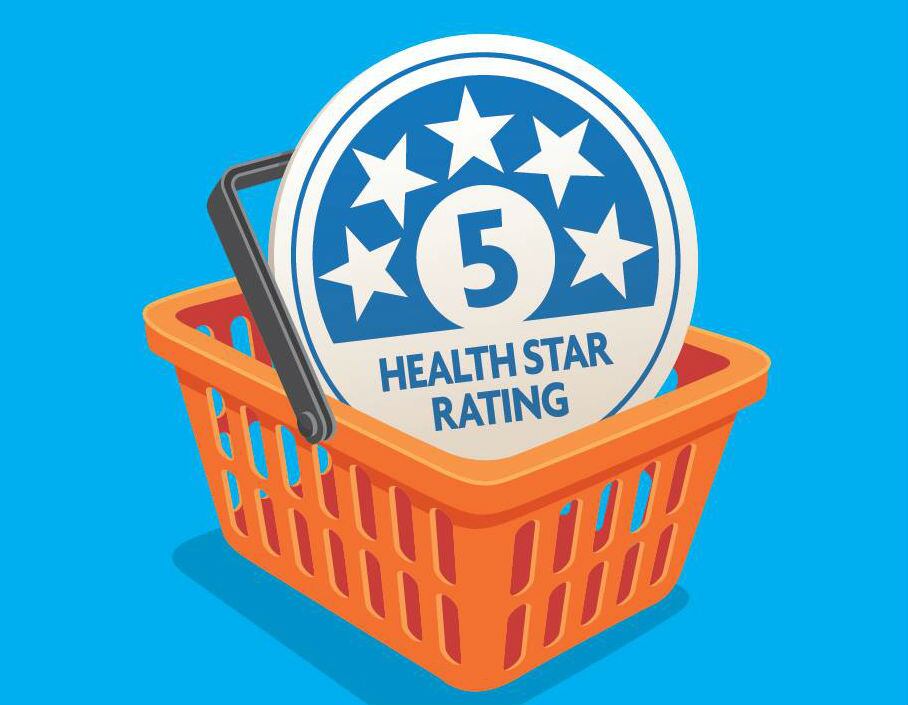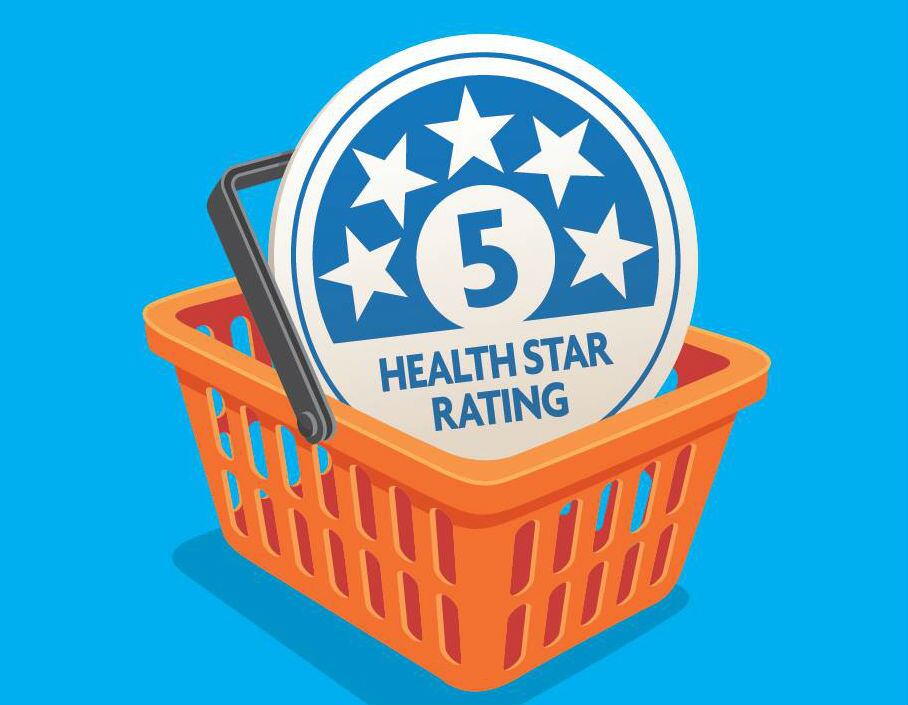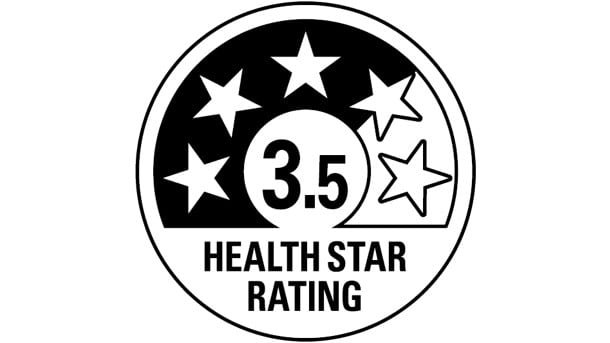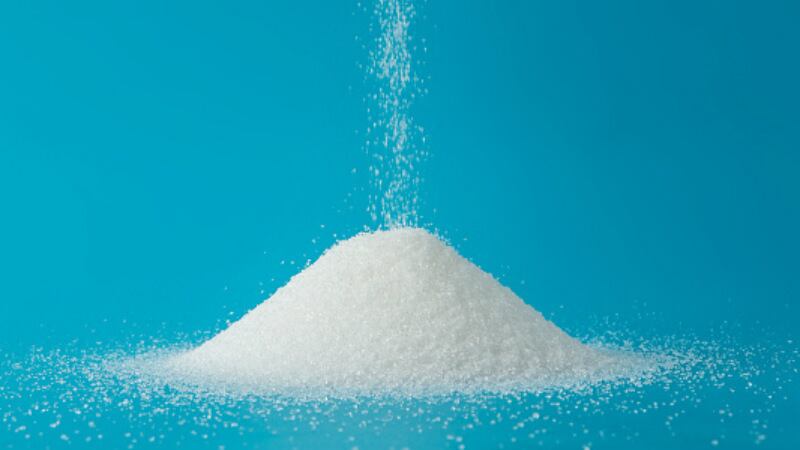Based on the recently-published HSR system five-year-review final report, the Australia and New Zealand Ministerial Forum on Food Regulation deemed the HSR to be a ‘useful tool to assist consumers in making healthy food choices’ and decided that it ‘should continue’ in its current state (including remaining a voluntary system), with some amendments.
“Forum Ministers support changes to the algorithm identified in recommendation 4b, c, and d subject to a peer review of the modelling of these changes by Food Standards Australia New Zealand (FSANZ) and further advice from the Food Regulation Standing Committee (FRSC) on sugars and sodium levels in the calculator,” said the forum via official communique documentation.
Recommendation 4b in the report pertains to sugar, advocating that ‘Total sugars be more strongly penalised by revising the sugars table for Categories 1, 1D, 2 and 2D’ - In the HSR system, Category 1 refers to non-dairy beverages, 1D to dairy beverages, 2 is all non-dairy foods besides oils and spreads, and 2D refers to all dairy foods which are not cheeses.
This stronger penalisation would be implemented by switching the maximum score for the current HSR points table from 22 to 25, which would increase the points attributed to total sugars.
Through the HSR calculator, lower Baseline Points are given to healthier nutrient components in food products (Less sugar, sodium, fat etc.) from which further Modifying Points (based on protein, fibre, fruit and vegetable content) are subtracted. This means products with lower Baseline Points are more likely to get lower final HSR scores, which in turn translate to higher HSR ratings.
“Increasing the points for total sugars means that products would receive more baseline points for the total sugars content, and therefore generally lower HSRs in foods where total sugars is an operative component,” said the final report.
Some expected outcomes from this change include a predicted decrease in HSR scores for 278 or 5% of products in the system, especially for breakfast cereals. The HSRs for 44 breakfast cereals (16% of all products impacted) are expected to decrease by between 0.5 to 1.5.
A decrease of 0.5 stars is expected for several other product categories including Yoghurts and soft cheeses (56 products or 16% in total), Snack bars (17 products or 6%), Confectionary, Biscuits and bakery products and Processed fruits.
A similar adjustment will be made for sodium, under Recommendation 4c.
“Sodium sensitivity be improved for products high in sodium (by reducing the maximum sodium levels used to determine baseline points for sodium in Categories 1, 1D, 2 and 2D) to better reflect the range of sodium levels in the food supply,” stated the final report.
Here, the main change will be made by attributing the upper limit of sodium content to 2,700mg per 100g from the previous 8,106mg/100g, a decrease by over threefold. The HSR Calculator’s maximum 30 baseline points will be used for all products with sodium content over the new upper limit.
Products containing less that 900mg per 100g of sodium will not see any changes made in HSR calculations in order to ‘retain alignment with the NPSC’.
Only 1% of products are expected to be impacted by this change, but the greater motivation here is to encourage reformulation and dietary changes.
“This change would provide some increased alignment with Dietary Guideline recommendations to limit intake of foods high in sodium, and also encourage reformulation in products with sodium levels above 900mg/100g,” said the report.
“Adjusting the sodium baseline points to reduce the gap between cut offs above 900mg/100g will address feedback from industry that large gaps in baseline points are less likely to incentivise reformulation as the change required to pass cut-points is not practically or technologically feasible.”
What about dairy?
Dairy products were also scrutinised in the review, and the Forum has approved recommendation 4d pertaining to this, that dairy recommendations be redefined moving forward.
“The Review has found that the [issue of cheeses seeing low HSR ratings despite being classified as a five-food group (FFG) food] has predominantly arisen from a misinterpretation of the category inclusion criteria, stemming from the online HSR Calculator,” said the report.
“This has required users to classify core dairy products as ‘beverages’ (Category 1D), ‘yoghurt or soft cheese’ (Category 2D) or ‘cheese’ (Category 3D), which has led users to inappropriately classify surface ripened cheeses [even if they should] be included in Category 3D.
“[To address this], dairy categories will now be redefined such that Category 2D will include dairy desserts and other chilled dairy products, and Category 3D will include surface ripened cheeses.”
Category 2D products will be those that contain require 25% or less of non-dairy ingredients, and include all ‘spoonable’ dairy foods, including yoghurts, custards, evaporated milks, dairy-based desserts, cream cheeses, creams, and the like. It will exclude ice creams, gelatos, other dairy-based ice confections found in the freezer section, and condensed milks.
Category 3D will now include surfaced-ripened cheeses that have a calcium content of over 320mg per 100g.
“[Rescaling for both categories will also be done] to ensure healthier five-food group (FFG) options receive higher HSRs and improve comparability between dairy products,” they said.
The aim here is to improve alignment with Dietary Guidelines, such that consumers can better discern between FFGs such as yoghurts and cheeses, and discretionary foods such as ice cream.
Remaining voluntary
The voluntary implementation of the system has been a major issue commonly raised by various consumer groups and academics in the region, which have voiced disappointment at the Forum’s decision to keep it as such.
"We're disappointed to see that the Forum has not committed to a mandatory system,” said consumer group CHOICE’s Food Policy Expert Linda Przhedetsky via a formal statement.
“CHOICE research showed that when Health Stars weren't displayed on products, three quarters of people relied on marketing materials to determine the healthiness of a product.”
“If Ministers want to help people make healthy choices about their food and drink, we need to see a stronger commitment to consistent food labelling.”





